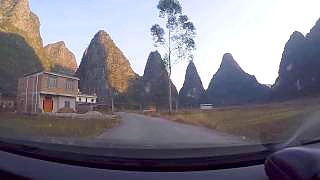Fun teacher ...
[640],shadow=true,start=,stop=[videogallery type=playlist id=PLneZiE_zP2-wKOn0bDZ1p5VEph5GvHbl7 c=3 num=50]
Live more ...
 Beginners’ Chinese language
Beginners’ Chinese languageFun teacher ...
[640],shadow=true,start=,stop=[videogallery type=playlist id=PLneZiE_zP2-wKOn0bDZ1p5VEph5GvHbl7 c=3 num=50]

|
Near the city of YanTai.
|

|
With Scott Ritter ...
With The Grayzone ...
With Double Down News ...
|

|
TiānMén Shān lies near the city of ZhangJiaJie ...
|

|

|
A late afternoon trip through the famous karst peaks, plus views of the Li River at sunset. GuangXi province.
|

|
With Expat Natt ...
|

|

|
With RealSamanthaBrown ...
Bonus film, with Ken Abroad ...
|

|
With DianXi XiaoGe ...
Bonus film - wasabi ...
Bonus film - cherries ...
Bonus film - taro flowers ...
|